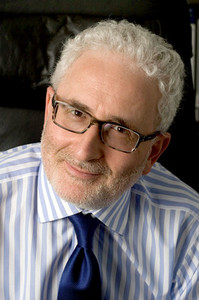Economists of technology have been thinking about General Purpose Technologies (GPT) for the last 10 years or so. As the name implies, a GPT is one where there are broad applications, and new applications are invented as the price of the GPT declines. My plausible guess is that a breakthrough in battery technology would be a very important GPT. The progress sketched below is probably not a breakthrough, but progress is good.
(p. C4) People take batteries for granted, but they shouldn’t. All kinds of technological advances hinge on developing smaller and more powerful mobile energy sources.
Researchers at Harvard University and the University of Illinois are reporting just such a creation, one that happens to be no bigger than a grain of sand. These tiny but powerful lithium-ion batteries raise the prospect of a new generation of medical and other devices that can go where traditional hulking batteries can’t.
. . .
Jennifer Lewis, a materials scientist at Harvard, says these batteries can store more energy because 3-D printing enables the stacking of electrodes in greater volume than the thin-film methods now used to make microbatteries.
For the full story, see:
DANIEL AKST. “R AND D: Batteries on the Head of a Pin.” The Wall Street Journal (Sat., June 22, 2013): C4.
(Note: ellipsis added.)
(Note: the online version of the interview has the date June 21, 2013.)



